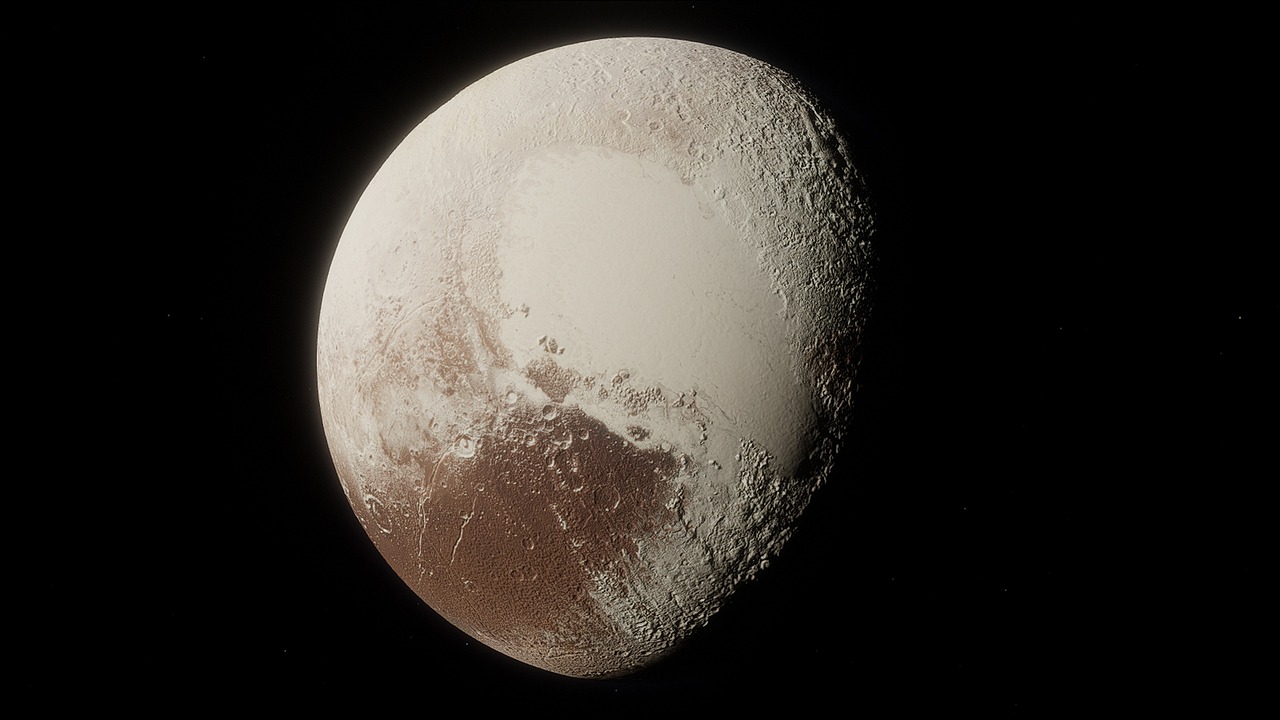Tag: Underworld
-
Welcome back to the Mythical Arcana Mythology podcast! In this episode, we dive deeper into the captivating realm of Chinese mythology as we explore the tale of Yan Wang, widely known as King Yama and King Yan, the Chinese deity presiding over the afterlife and the underworld. We will examine his origins, distinctive traits, and…
-
Yan Wang: The King of the Underworld Introduction Yan Wang, often referred to as Yama, holds a vital role in Chinese mythology as the King of Hell, presiding over the realms that embrace the afterlife. His primary responsibility involves evaluating the souls of those who have passed, determining their fate beyond the physical realm. As…
-
Hades: The Underworld in Greek Mythology Hades, known in Greek as δομος Αιδαο (domos Aïdao), represents the realm of the dead, serving as the final abode for souls who have departed this world. It is portrayed as a shadowy, bleak place where spirits wander amongst the gray asphodel fields. Unlike later interpretations that introduced concepts…
-
Hades: The Ruler of the Underworld Hades, known as “the Unseen,” or Pluto (“the Wealthy One”), is a prominent figure in ancient Greek religion, recognized as the god of the underworld. As the offspring of the Titans Cronus and Rhea, he is among the siblings of key deities like Zeus, Poseidon, Demeter, Hera, and Hestia.…
-
Pluto, the deity associated with the Underworld in Roman mythology, is known for choosing not to dwell among the other gods on Olympus, preferring the solitude of the realm beneath the earth. His Greek equivalent, Hades, shares much in common with him. Family Background Pluto, or Hades, is the offspring of the Titans Saturn (Cronus)…
-
Hades: The Ruler of the Underworld Hades, known in ancient Greek religion as the god of the underworld, is depicted in mythology as both a feared and misunderstood figure. As the offspring of the Titans Cronus and Rhea, he stands alongside his siblings: Zeus, Poseidon, Demeter, Hera, and Hestia. After the overthrow of Cronus, the…
-
Pluto, the Roman god of the underworld (also known as Hades in Greek mythology), was one of three brothers and two sisters born to Saturn, the god of time, and Ops, the goddess of fertility and abundance. Following Saturn’s death and the downfall of the Titans, Pluto and his brothers divided their father’s dominions. While…
-
In ancient Greek religious belief, Hades, often referred to as “the Unseen,” is recognized as the deity of the underworld. As a son of the Titans Cronus and Rhea, he is also the brother to prominent figures such as Zeus, Poseidon, Demeter, Hera, and Hestia. This realm known as the underworld, depicted in art as…
-
Hades: The God of the Underworld Hades, often referred to as Haides, stands as the ruling deity of the underworld, overseeing both the realm of the deceased and the riches hidden within the earth. This includes everything from the fertile soil vital for agricultural growth to the precious metals mined from the depths below. He…
-
In the realm of ancient Roman mythology, Pluto is recognized as the deity governing the Underworld, where souls transit after their earthly existence. Known alternatively as Dis Pater or Orcus, he is often compared to his Greek counterpart, Hades, sharing similar domains yet differing in personas and characteristics. As a sibling to deities such as…










